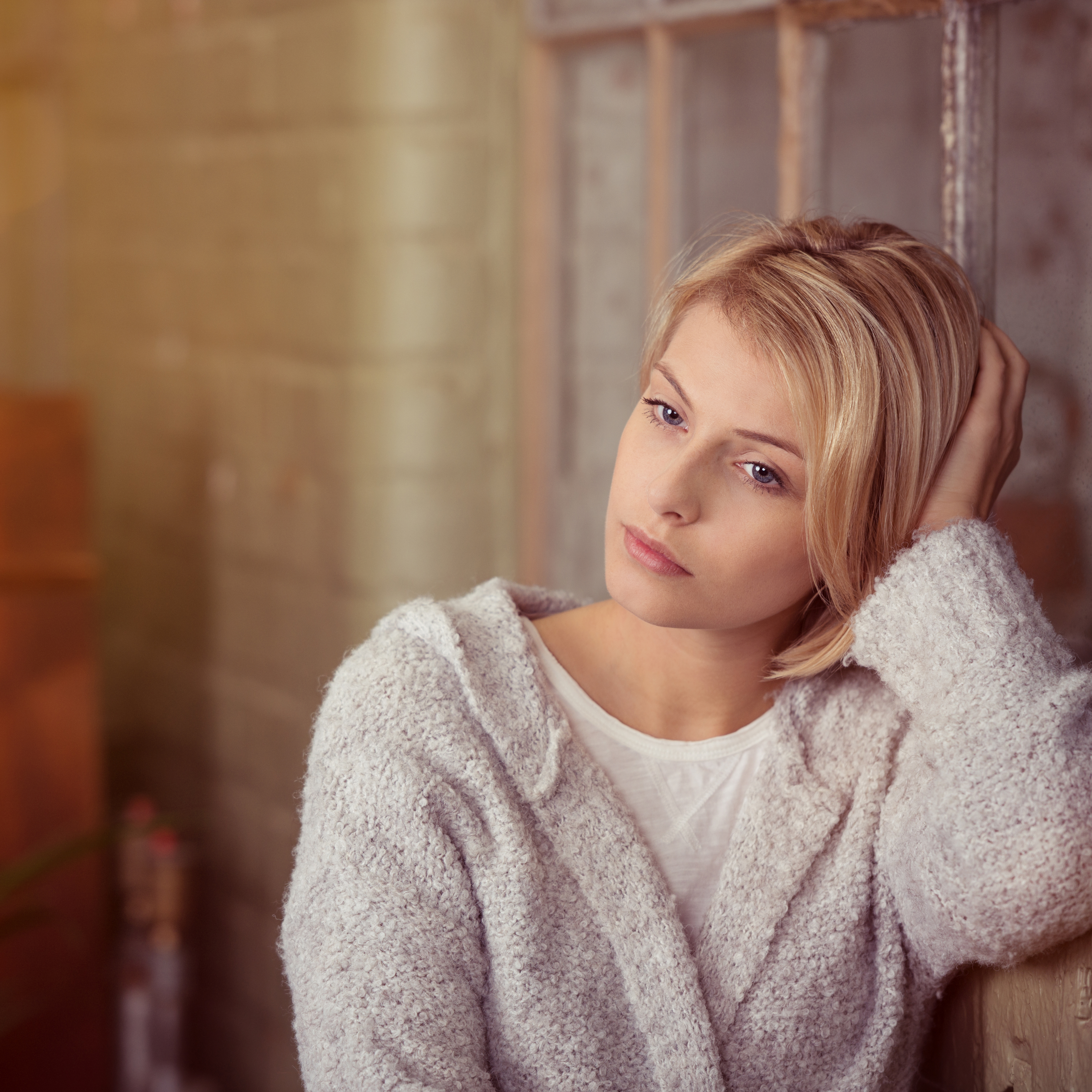-
Home Treatment Options for Corns and Calluses
Home Treatment Options for Corns and Calluses
February 10, 2012
Dear Mayo Clinic:
What is the difference between a corn and a callus? Do they do any harm other than looking unsightly? Can you offer any at-home treatments that work?
Answer:
Corns and calluses result from pressure or friction on skin, causing the skin to protect itself by thickening and hardening. They most often develop on the feet and toes or hands and fingers.
Preventing or treating corns and calluses is usually fairly easy. However, extra care and caution is warranted if you're more at risk of foot sores and their complications because of diabetes or another condition that causes poor circulation. Then, even minor skin injuries can lead to sores that are difficult to heal and can lead to infection.
Corns and calluses develop in the same way, but the result is different. Calluses usually develop on the heel or bottom of the foot, on your palms, or on your knees. They often appear as a thick, rough layer of skin and can be an inch or more in diameter. Calluses are rarely painful.
Corns are smaller — usually about a quarter-inch to a half-inch in diameter — and have a hard center surrounded by inflamed skin. They typically develop on the tops and sides of toes. Corns can be painful when pushed and may cause a dull ache.
Poorly fitting shoes are a common cause of both corns and calluses. They can also develop if you have a type of foot deformity, such as a bunion or hammertoe, which causes a bone protrusion from your foot to rub on the inside of your shoe. Wearing shoes or sandals without socks can also lead to friction on your feet. Calluses on your hands can result from the repeated pressure of using tools on the job, around the house or in the garden.
Although they can be unsightly, corns and calluses generally need treatment only if they cause discomfort. If you are at increased risk of complications because of diabetes or poor circulation, talk to your doctor before attempting to treat corns or calluses on your own. If you have no underlying health problem, steps you can take to prevent or treat a corn or callus include:
Wearing comfortable shoes and socks — Corns and calluses can be prevented or will often go away when you eliminate the rubbing and friction that causes them. Wear well-fitting, cushioned shoes until the corn or callus disappears. Choose socks that fit properly and are made of a polyester-cotton blend, which wick moisture away better than all-cotton socks do.
Wearing nonmedicated corn or callus pads — These cushion and protect skin from friction, allowing time for corns and calluses to diminish in size. Be careful using over-the-counter liquid corn removers or medicated corn pads, which contain salicylic acid and can irritate healthy skin and lead to infection.
Gradually rubbing it away — After bathing, gently rub off a layer of thickened skin with a washcloth or pumice stone. Don't remove all of the toughened skin at once. Rubbing away a corn or callus may take a week or longer. Don't try to cut or shave down a corn or callus, as this may lead to an infection.
Moisturizing your skin — Apply moisturizer to hands and feet to help keep your skin soft.
If you have corns or calluses that are painful or inflamed — or recur or persist despite home care — see your doctor or a foot care specialist, who may suggest medical treatments that can provide relief.
— Steven Kavros, D.P.M., Orthopedic Surgery, Mayo Clinic, Rochester, Minn.







